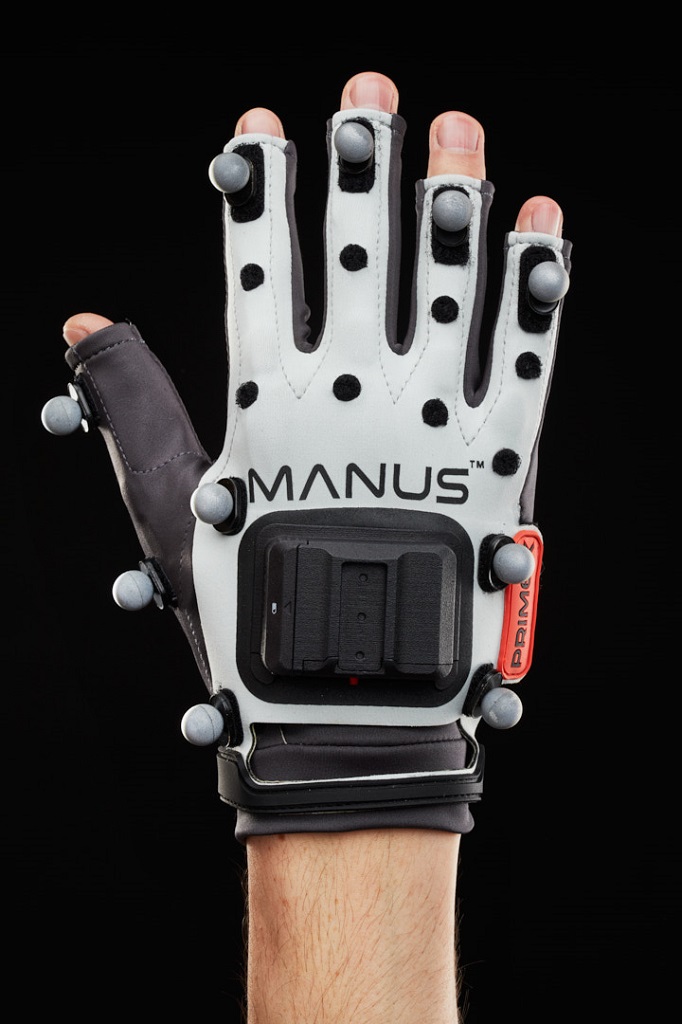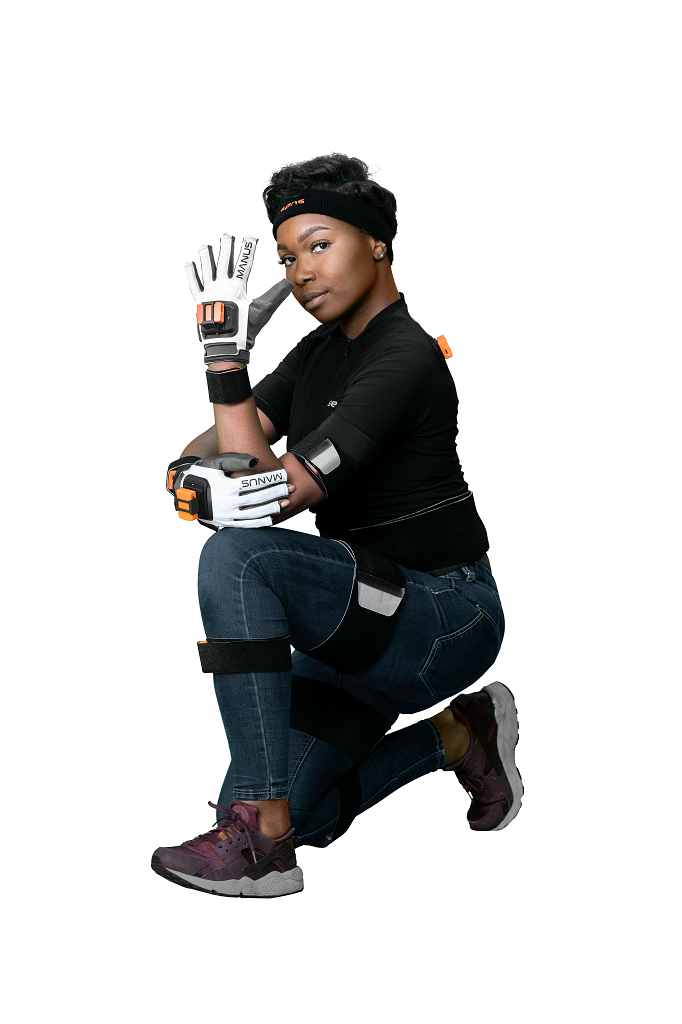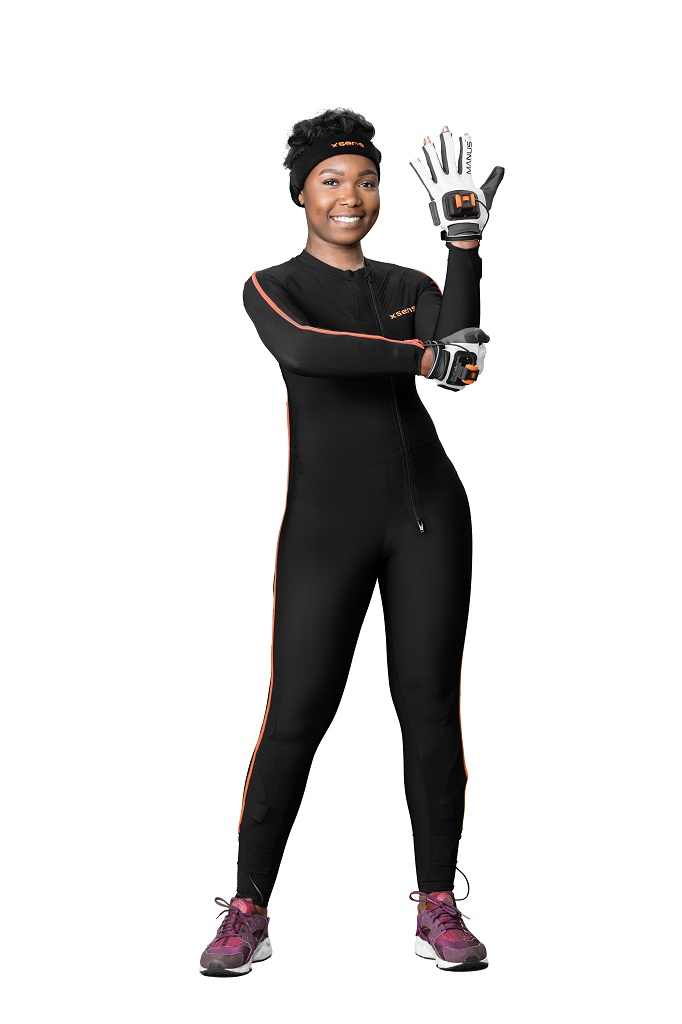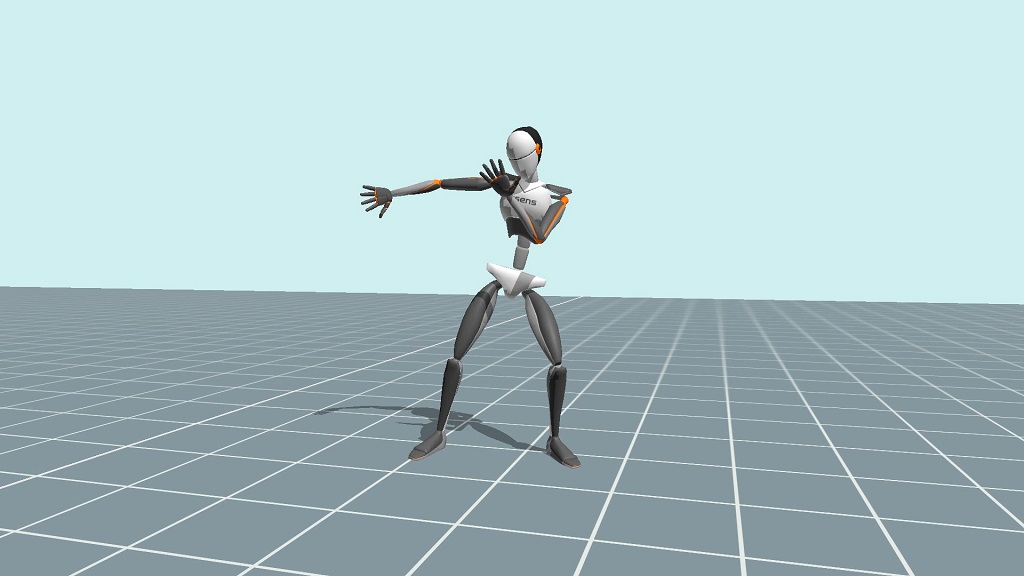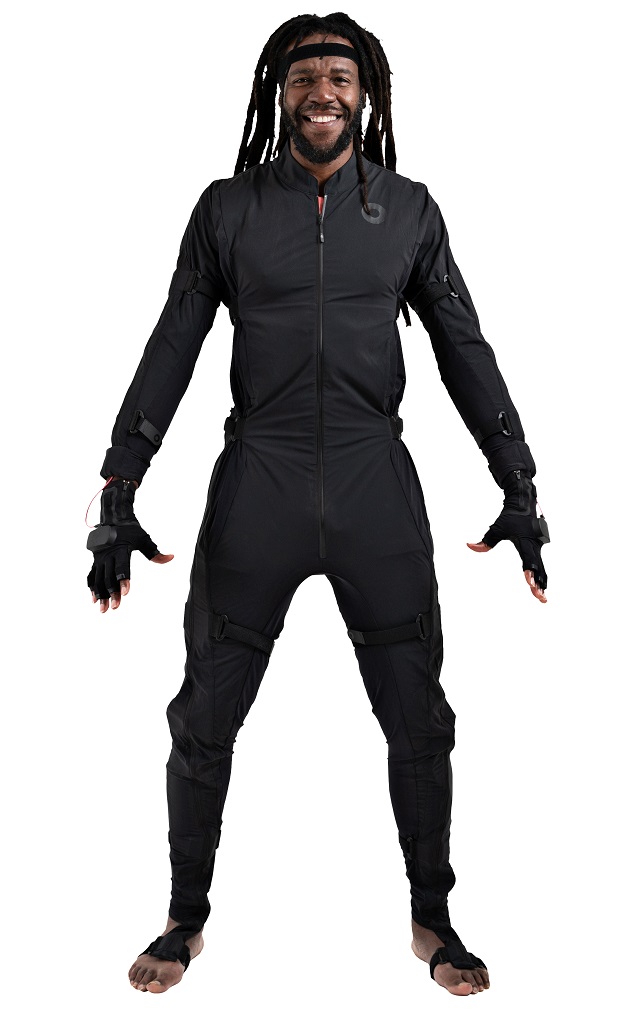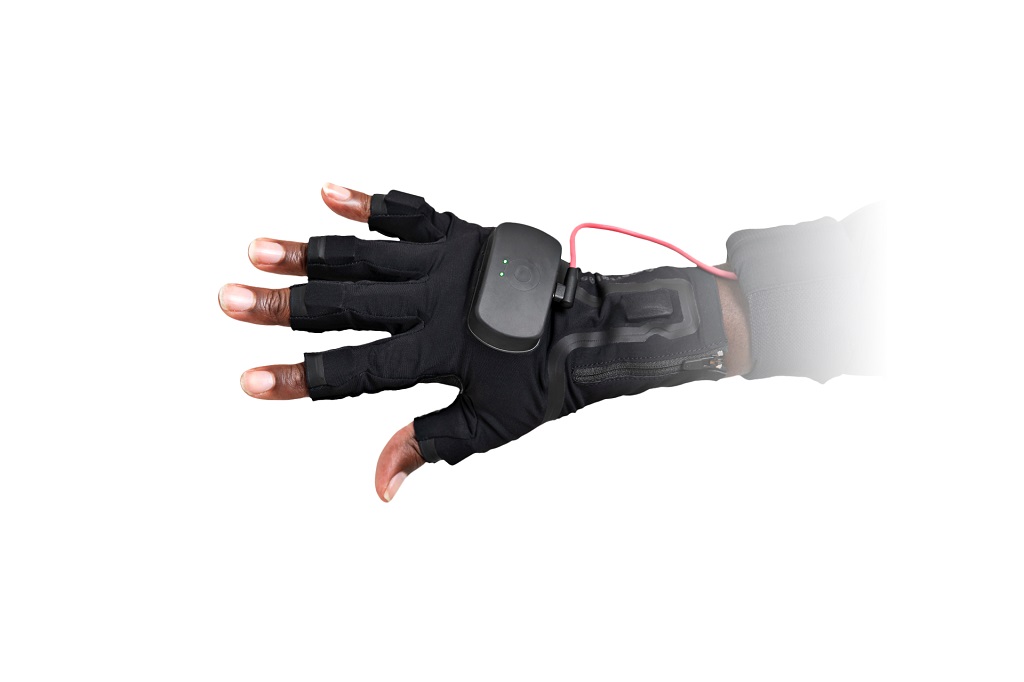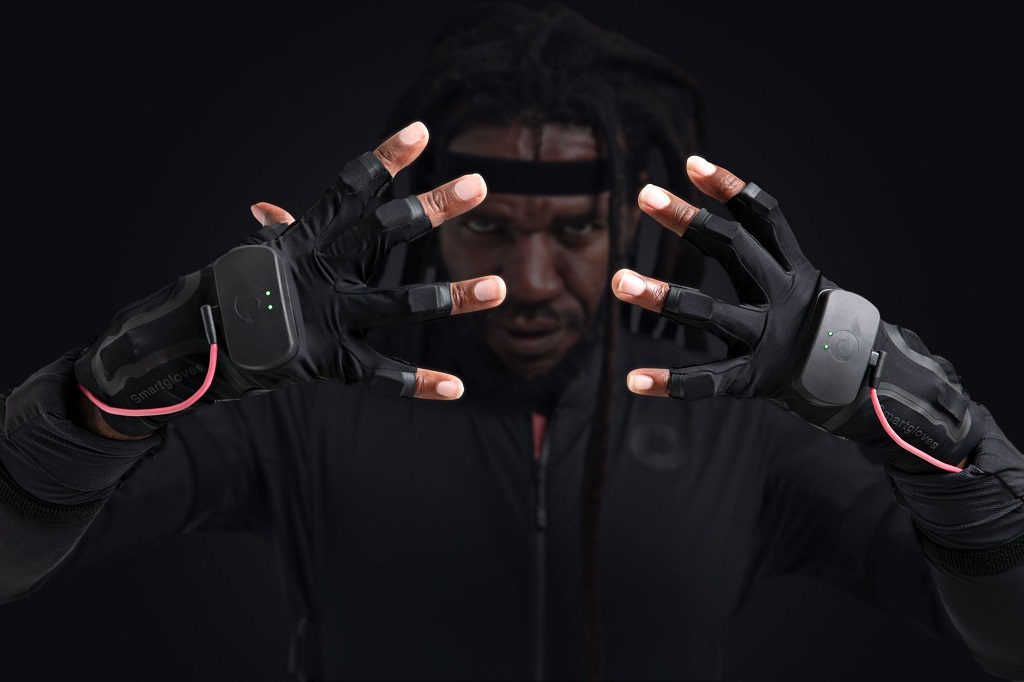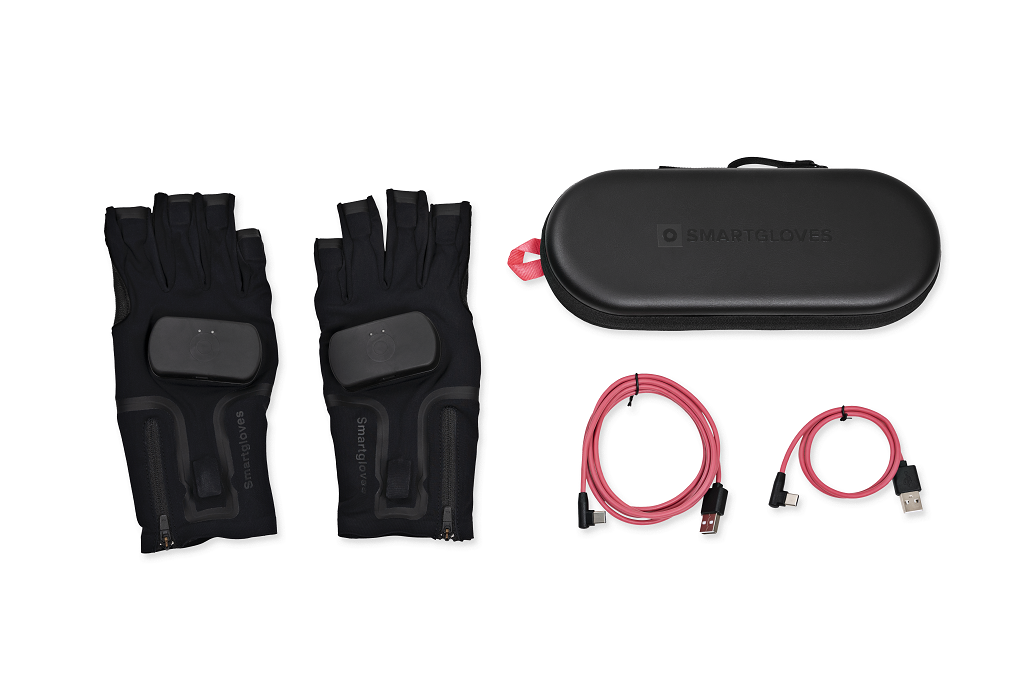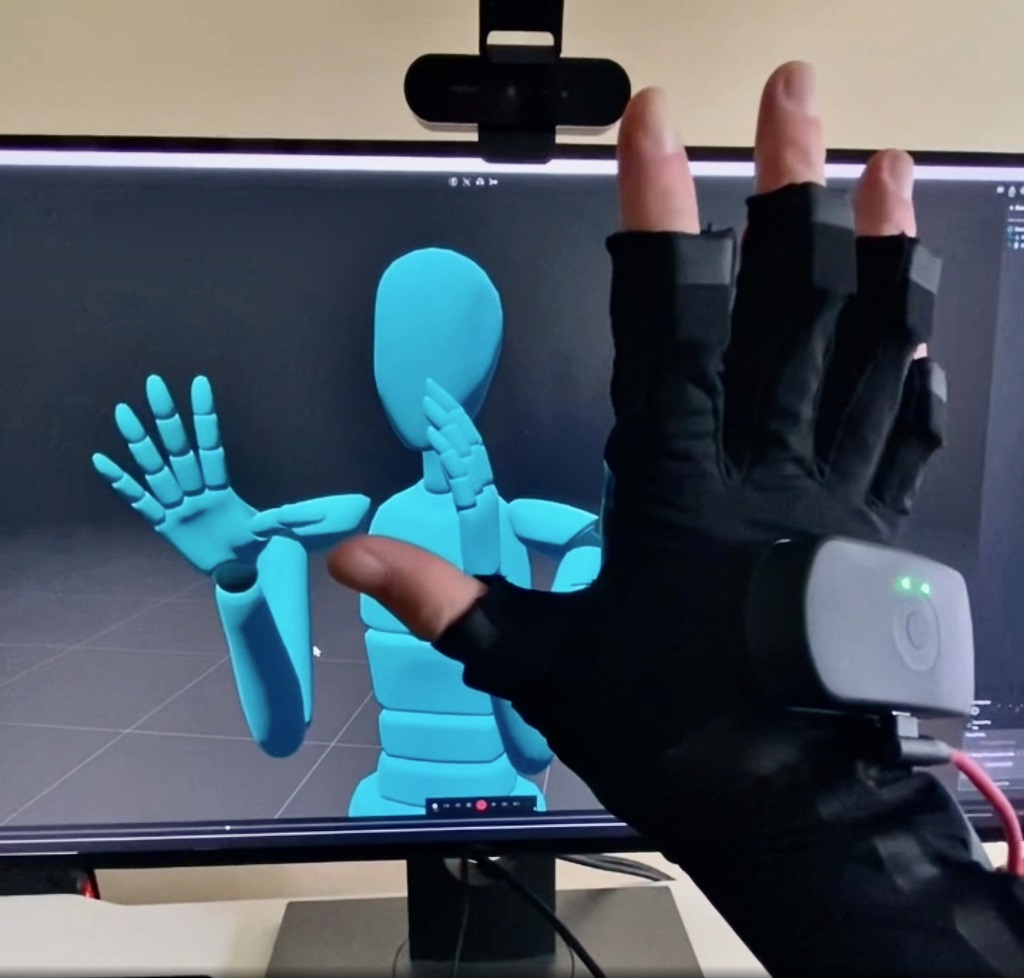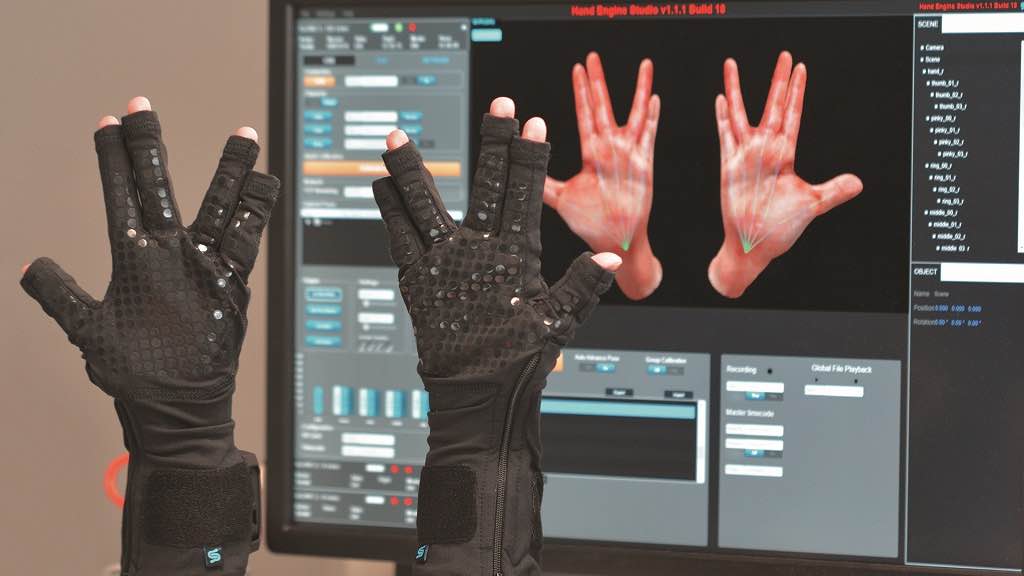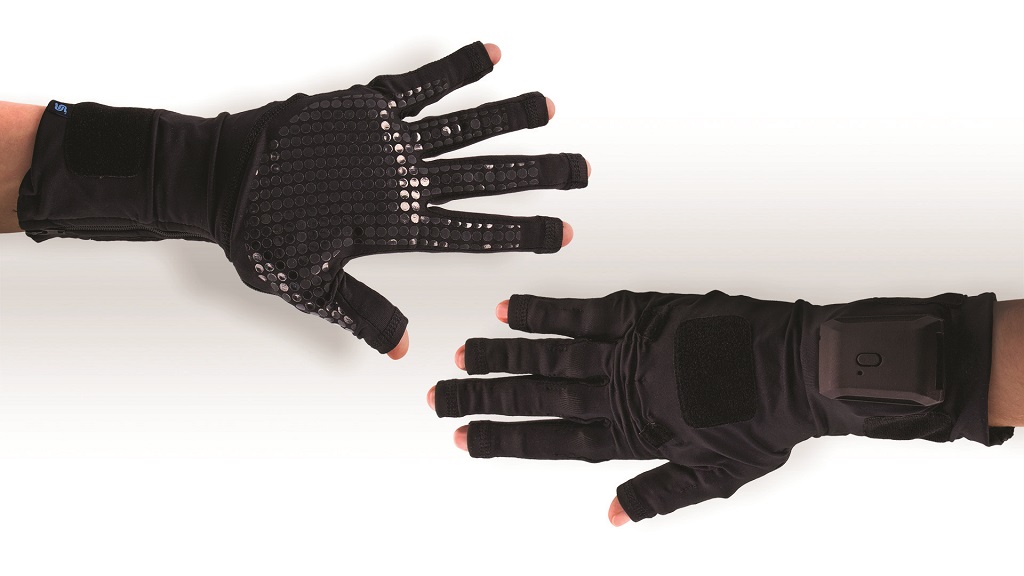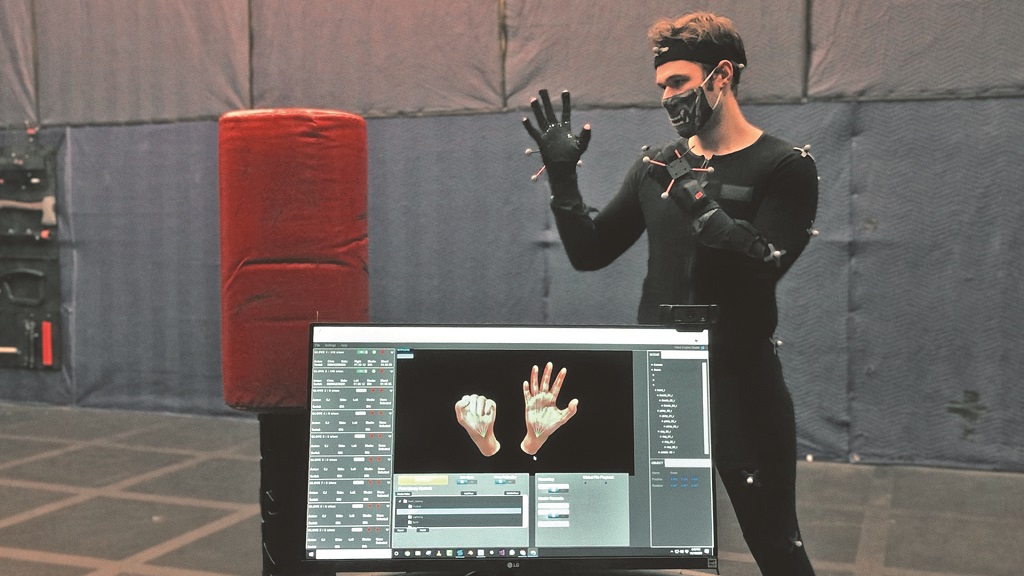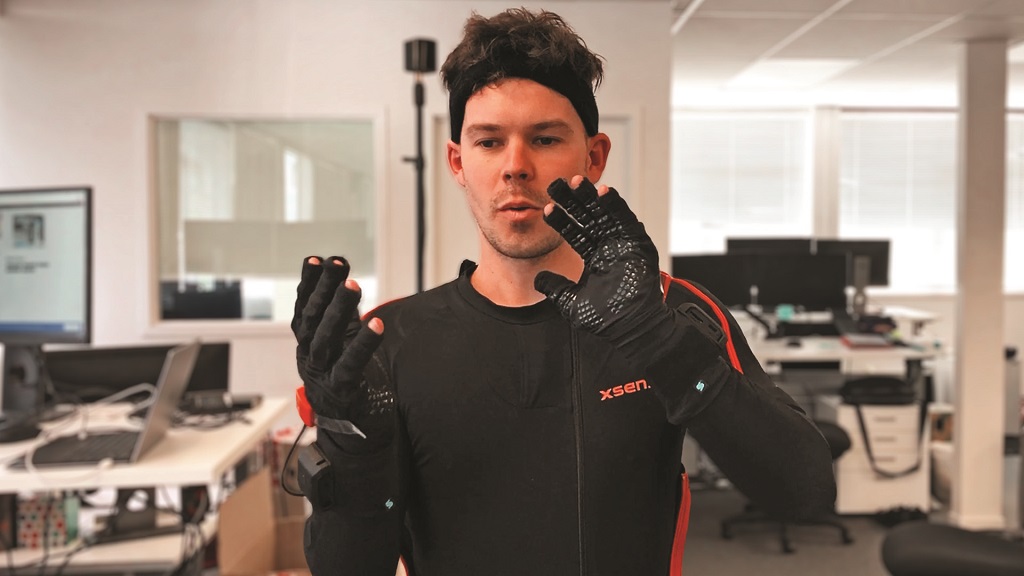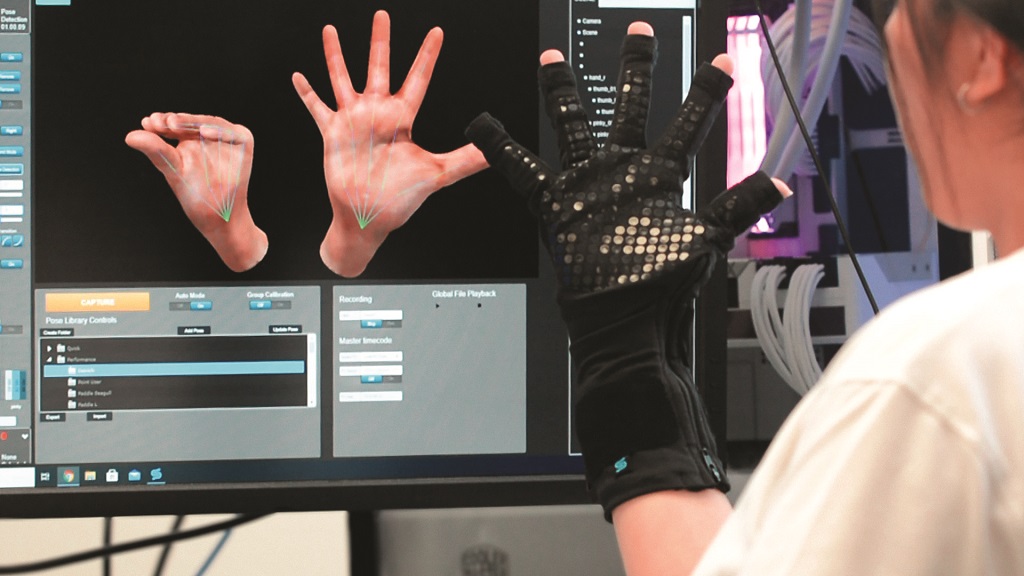By IAN FAILES
In the world of motion capture, mo-cap suits for body capture and head-mounted cameras for facial capture have perhaps received the most widespread attention and use.
But a growing amount of research and innovation is being made in hand motion capture and finger tracking, spurred on by developments in VR, gesture recognition and haptics, and by the increased need to acquire accurate finger performances for animated characters, without having to keyframe all the minute detail of finger movement.
Indeed, finger tracking, and more correctly, accurate finger and hand tracking, is becoming a mainstay in several related areas where a human is motion captured or needs to control some kind of interface. Finger tracking is now a key part of gaming, VR, virtual training, virtual prototyping, biomechanics, remote interaction, sign language, and in entertainment such as live concerts or live streaming events.
In relation to visual effects and animation, a classic use of finger tracking could be for almost any CG character that has hands and fingers of some kind, using the motion capture to have them give proper expression, hold items or even do much more elaborate things such as play musical instruments. Again, this can be time-consuming to animate via keyframing.
To get a sense of the world of finger tracking at this critical juncture, particularly in relation to visual effects and animation, four leading companies in this space – StretchSense, Manus, Xsens and Rokoko – discuss their latest motion capture glove offerings and their thoughts on the state of play in the industry.


